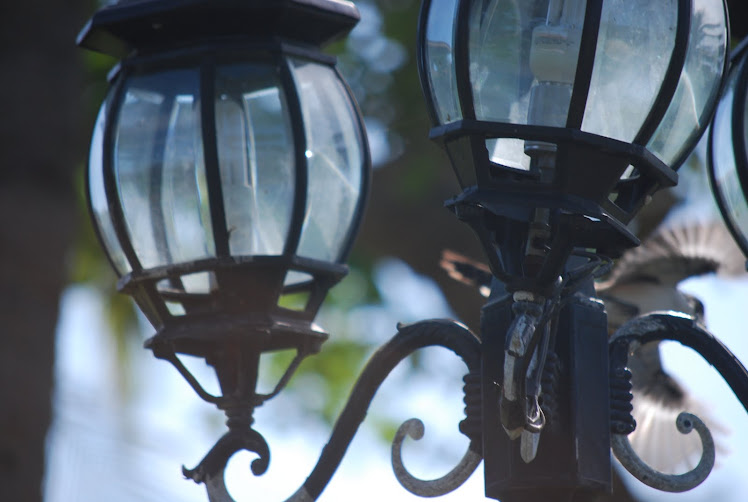To start everything, I will be discussing our Digital Scanning activity in one of my classes (Applied Physics 186). The activity was fairly simple - to "replicate" a hand-drawn graph. The first thing we had to do was to, of course, get ourselves a hand-drawn graph from an old scientific journal. We then had to properly scan the graph that we got. One of my friends (Tracy Tuballa), was generous enough to do this part for me. Thanks Tracy! Here is my scanned hand-drawn graph:
 |
| The plot that i'll be replicating would be the one where tau is equal to zero. |
We then move on to getting data points (in pixel values) that we will convert to physical values. Using the relationship that we found earlier we can now convert pixel location to the actual (more or less) physical values.
This is what I got:
 |
| The "reconstructed" plot is the one in orange. |
They don't look quite the same, but, they are similar. :) I tried different methods to improve my replication, however, due to a packed day I wasn't able to really identify the main problem. Nevertheless, I have come up with some theories as to what went wrong.
- Firstly, perhaps the data points that I got were not that many. I was able to get only 5. :D
- Perhaps I was not accurate and precise enough in identifying the pixel values for the different data points.
- Lastly, this might be due to the placement of the image in the "replicated" graph itself. (this I doubt because I was able to adjust the "placement" but the problem still exists)
As for my self evaluation, i'd give myself a grade of 9 out of 10 in this activity. The 1 point deduction is due to one or two technical mistakes.
Also, before anything else, i'd like to thank Rusty Lopez ( I know right?!), Jen-Jen Manuel, Daniel Vasquez and of course Dr. Maricor Soriano for the help (and/or support) they gave me in order to finish this activity.
This day has been packed. But, I love it. Physically tired, but inspired. Wow! Just wow! Amazing grace!
God bless!

No comments:
Post a Comment